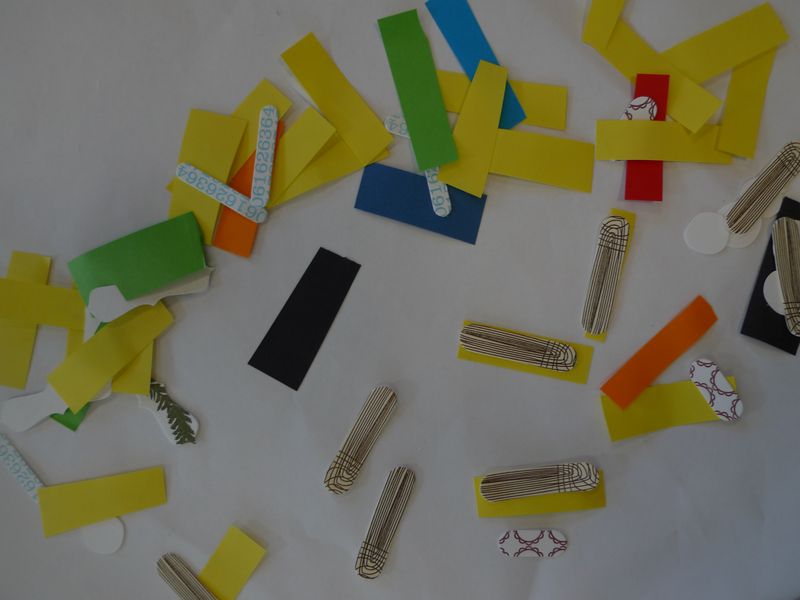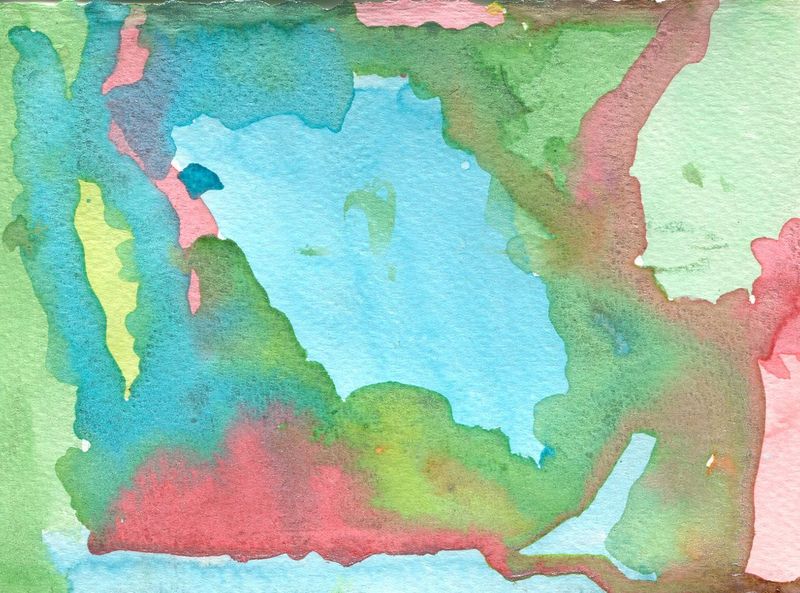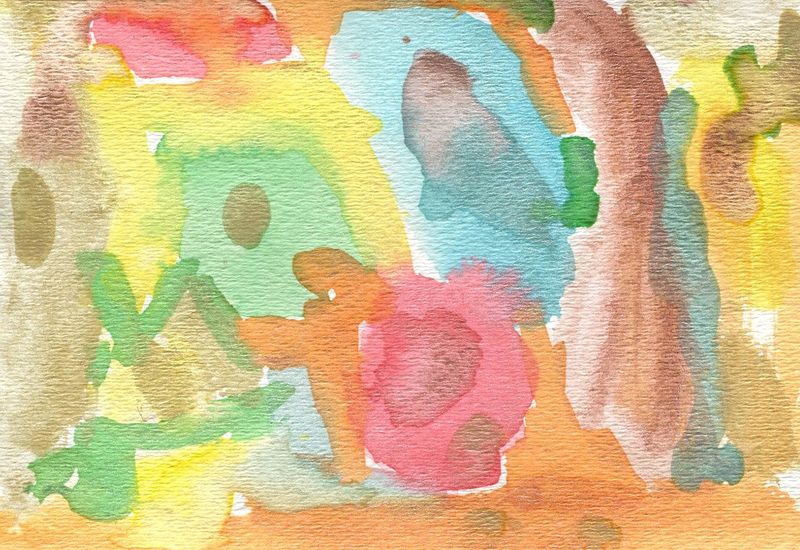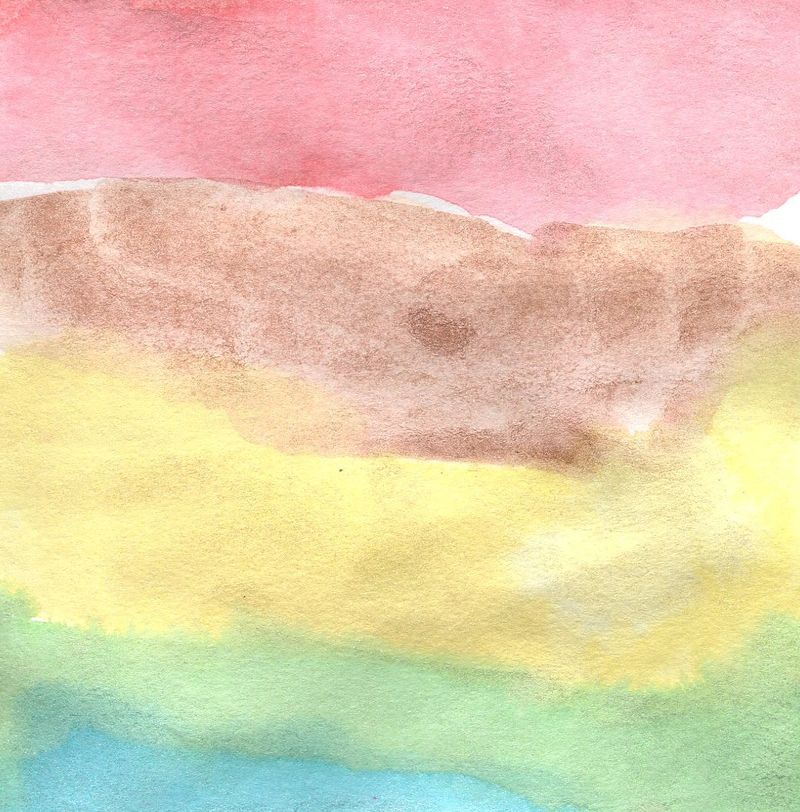What Dreams Look Like
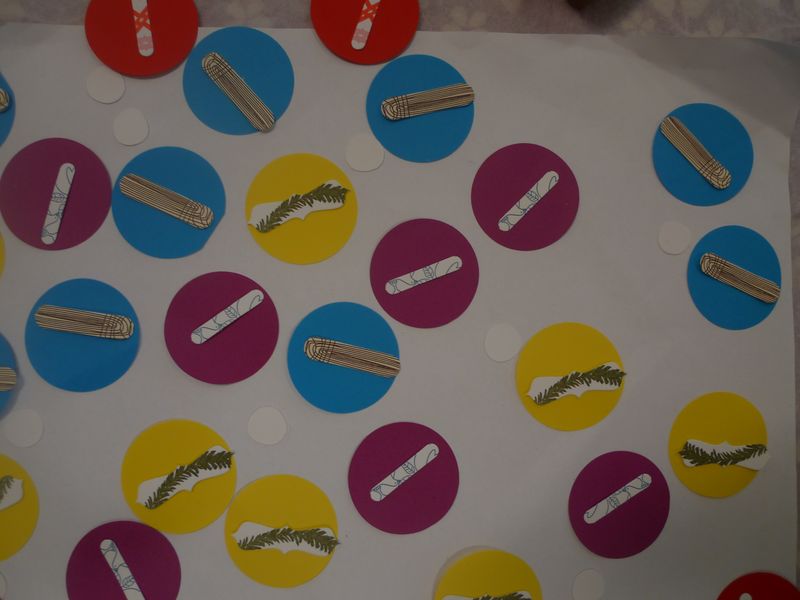
We continue to work on the "big idea" of making visible to the children their connection to the natural world. One of the ways we reflect back this relationship is through storytelling. Creating a story together encourages the children to synthesize the theories and ideas they have invented as we have wondered about snakes, hibernation and what the coming of winter means for all of us?
Before Winter Break, we began crafting a story together as a whole class. The story is a "winter tale" similar to books like Fredrick by Leo Leonni and In My Dreams I Can Fly by Evelyn Hessler. These stories, and many others that we have read, are about how animals prepare for and keep warm and cozy during the dark and long days of winter. After reading these tales, the children decided that our community needed to write a story like this. As Finn and Lucius said, "we needed something that could everyone warm for the winter!"
The whole community is writing this story during our morning meeting times. We have immersed ourselves in this tale by becoming our characters and recreating scenes and images from the story around the classroom. One popular image to recreate is Mole's Den. The children have been tickled with this image and have wanted to bring it to life in the block area, with watercolors and paints, with loose parts in the studio and in dramatic play.
Here is an excerpt from the story about mole's house:
“The dappled lizards and mouse follow Mole into his marvelous house. It was filled with boxes of treasure words stacked on shelves made of dirt. Ribbons were hanging down wrapped around roots from the ceiling. Pictures of Mole’s dreams of the treasure words were glued onto the ribbons with invisible mud.”
We were intrigued with this idea of Mole’s dreams as paintings and wondered together:
What are Mole’s dreams?
What colors fill Mole’s Dreams?
We thought they might have a greater understanding of another creatures dreams if they first thought about their own dreams. The children were invited to wonder about the origin of dreams and then to capture their theories through the language of collage.
Here are a few of the children's theories:
Dreams come from the world. Everyone gets them. People put their dreams in colors and throw them in the sky and they float everywhere! To California. To England. To everywhere.
-Scotia, age 5
The little people in Dreamland build dreams and put it on springs that shoots them in your head. And then when they go in your head, they are out of the tubes and you start thinking about it and you dream. The dreams connect through the tubes.
-Kol, age 5
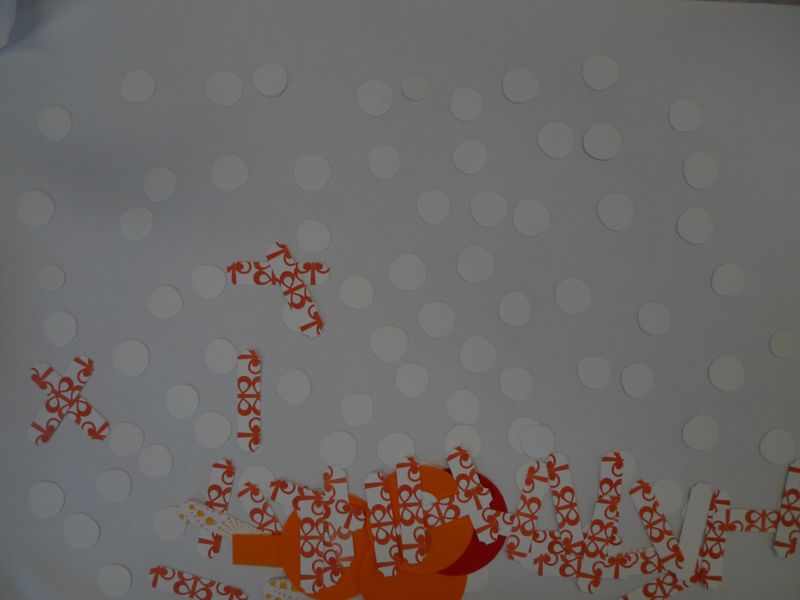
This is the electric motor that brings the dreams up into the world into people’s heads. The motor turns on by itself and lifts the dreams up with a big scoop. And the dreams fall on the people’s heads..
-Dilan, age 4
After we played with the idea of where dreams come from, we began to focus on Mole's dreams.
What would the paintings of Mole's dream look like?
What colors are in Mole's dreams?
What are Mole's dreams made of?
Using watercolors, the children shared their ideas and theories:
Mole dreams about his family.
-Anna, age 4
Mole dreams about colors and he dreams about flowers
-Chloe, age 4
Mole dreams about rainbows.
-Cade, age 4
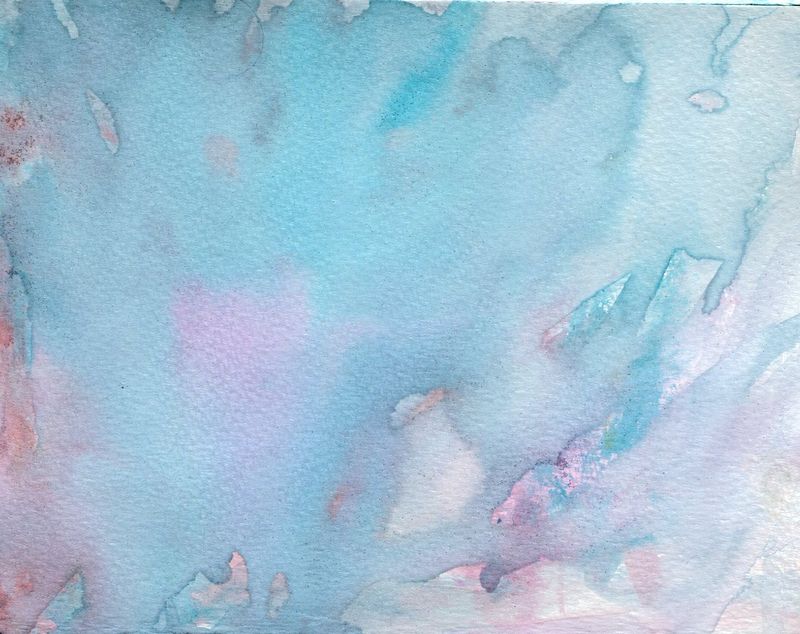
He sees colors. Purple. Red. Yellow. Orange and Blue. His colors tickle him.
-Renn, age 4
Why do we encourage the children to spend so much time capturing their ideas through graphic representation? According to Loris Malaguzzi, founder of the schools in Reggio Emilia, "putting ideas into the form of graphic representation allows the children to understand that their actions can communicate. This is an extraordinary discovery because it helps them realize that in order to communicate, their graphic must be understandable to others… a tool of communication must be simpler and clearer than words." These images reflect back to the children their ideas and their own imagination. When the child's thinking can become visible to the child, it can become visible to everyone else as well.


